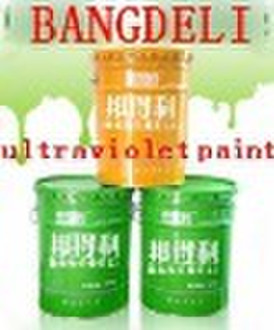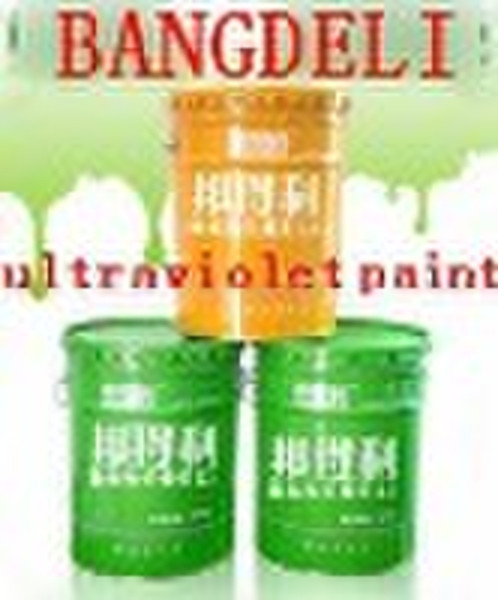Catalog
-
Catalog
- Agriculture
- Apparel
- Automobiles & Motorcycles
- Beauty & Personal Care
- Business Services
- Chemicals
- Construction & Real Estate
- Consumer Electronics
- Electrical Equipment & Supplies
- Electronic Components & Supplies
- Energy
- Environment
- Excess Inventory
- Fashion Accessories
- Food & Beverage
- Furniture
- Gifts & Crafts
- Hardware
- Health & Medical
- Home & Garden
- Home Appliances
- Lights & Lighting
- Luggage, Bags & Cases
- Machinery, Hardware & Tools
- Measurement & Analysis Instruments
- Mechanical Parts & Fabrication Services
- Minerals & Metallurgy
- Office & School Supplies
- Packaging & Printing
- Rubber & Plastics
- Security & Protection
- Service Equipment
- Shoes & Accessories
- Sports & Entertainment
- Telecommunications
- Textiles & Leather Products
- Timepieces, Jewelry, Eyewear
- Tools
- Toys & Hobbies
- Transportation
Filters
Search
Melamine paper stick UV gule
original price: 4,80 USD
Foshan, China

zoe cen
Contact person
Basic Information
Uv produce NemesisMany UV cure coatings are only one-component coating formulations. By contrast, many other coatings are two component formulations, also known as 2K coatings. This means they are packaged in two separate containers that must be carefully measured, combined and mixed before use. After application, 2K coatings will dry and cure slowly at room temperature, though drying usually is accelerated by using forced air baking or infrared (IR) lights.After a UV cure coating is applied, the coating film remains wet until it is exposed to UV energy. When UV light is focused onto the coating surface, chemicals called photoinitiators in the coating activate a photochemical reaction, and a cross-linking process hardens (cures) the liquid film into a coating. This curing process takes just minutes.UV CURE PROCESSAfter UV paint is applied to the vehicle, the film will remain wet until it is exposed to UV energy. The polymer chains that make up the coating remain short and unconnected until UV light is directed onto the paint film. When UV light is focused onto the paint surface, chemicals known as photoinitiators are activated, which start the cross-linking process in the paint film. In just a few minutes the polymer chains are linked together to form a very large network. This causes the paint to solidify and cure.This process is somewhat similar to the process associated with exposing photographic film, or more graphically, the exposure and development of Polaroid film, which was popular several years ago. Nothing happens to film until the film is exposed to light. When that happens, chemical reactions occur that change the film. In the case of Polaroid film, the whole set of reactions, including exposure and developing, happened in a minute or two before your eyes, just like the UV curing action of UV paints.Work to be doneUV curing technology is still developing and in the automotive sector the most likely winners will be those who can demonstrate an understanding of the chemistry, lamp and scalability issues. There is still a lot to be learned.Joesel is confident that Fusion UV has the most appropriate approach because it has worked closely with formulators and automakers. He agrees that there are technical challenges: “The lamp-on-robot situation is that it is not a proven, robust process. We do it, and it has its issues.”UV Cure Coatings Offer Performance, Economic and Environmental Benefits in Many Applications
Delivery terms and packaging
Packaging Detail: component 20kg bucket or 5kg metal can Delivery Detail: within one week
Port: huangpu/ guangzhou
Payment term
Telegraphic transfer
-
Payment Methods
We accept:









